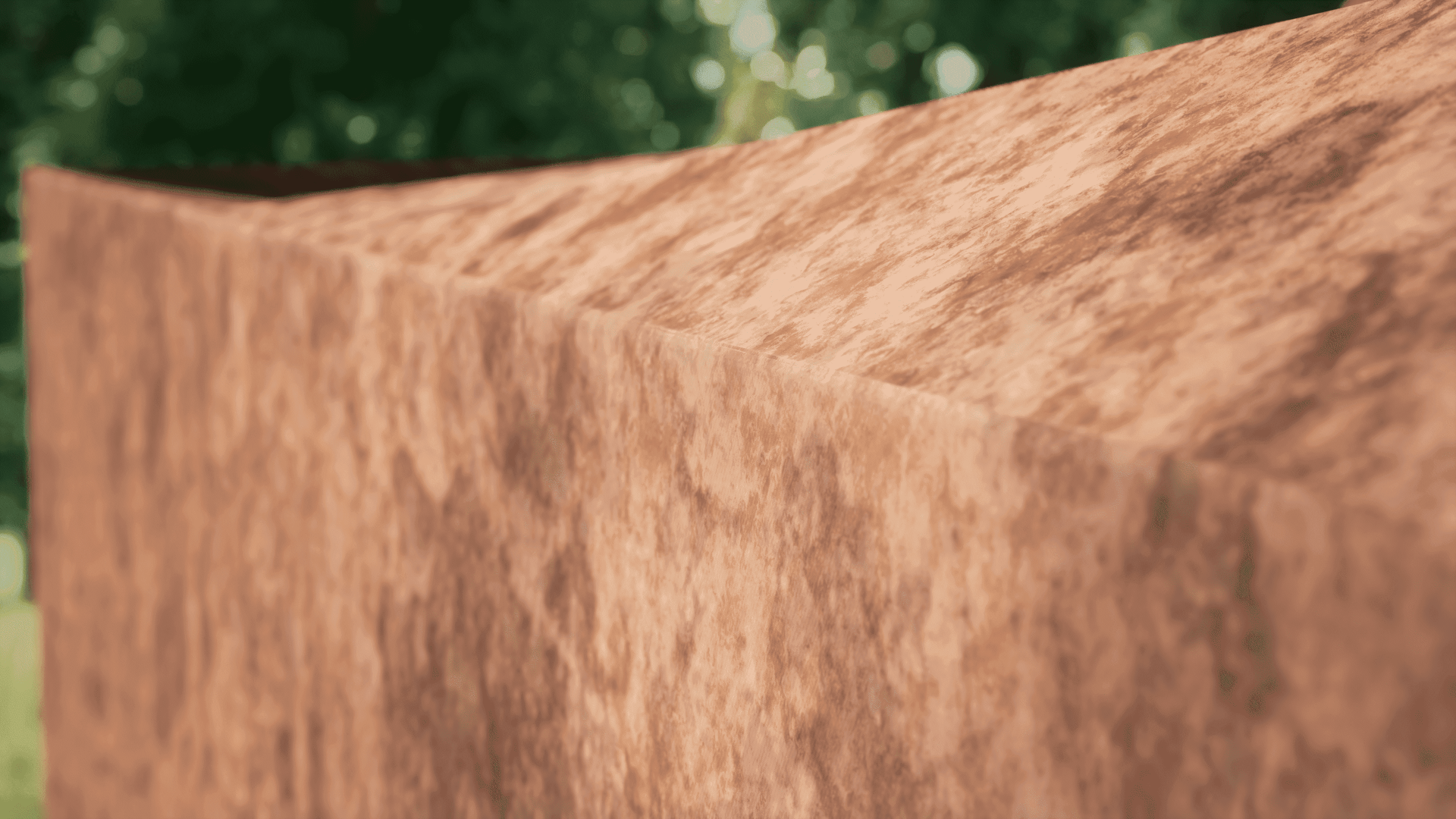Earth Sails
Basic information
Project Title
Full project title
Category
Project Description
Mixing the concepts of fabric-formed concrete structures and the ancient Japanese plastering technique called Akarabe, this modular, adaptable and mobile tiny house looks to apply the best of both worlds: traditional knowledge and digital manufacturing, to create a new light-weight, mobile solution for living.
Project Region
EU Programme or fund
Description of the project
Summary
As part of a school project for the master degree in Design and the Environment (Design et Territoires) at Ecole supérieure d’art et de design TALM-Le Mans, we were asked to create mobile living solutions with an ecological biophilic design approach, so a connection to the natural environment and the carbon footprint was taken into account from the conception of the project. Because I'm interested in budget-friendly forms of construction, I stumbled upon a book called Las Casas mas Sencillas (The Simplest Houses) by the Venezuelan Architect Fruto Vivas where he talks about light-weight or minimalist structures, made with simple materials that we're kind of forgetting about due to the takeover of construction industries. So what if we go back to basics, but with today's tools?
So when I started investigating walls using earth, adobe, sand or lime I focused my research on the materials. But I also needed to resolve the structural problem still present regarding the light-weight considerations because it's supposed to be a mobile habitat. Origami, folding structures, strength through geometry, because concrete is so liquid and adaptable, the form we give it can make a difference. So that's how eventually I came across fabric-formed concrete structures, but what if we adapt this with local and ecological materials?
This is a way of reducing the use of wood on a normal tiny house that is essentially a box with windows, and also looking to reduce the overall weight through the smart use of geometry.
Key objectives for sustainability
The idea is to research, prototype and test these materials in the form of a tiny house. A minimalistic but well thought-out habitat. There are not a lot of homes in this format that are employing these kinds of materials, and this can be a very interesting solution for housing in the coming decades, where 3D Printing, Clayworks and Digital Manufacturing are more accessible not only to universities but to the general public. So I believe it’s important to take the lead and start testing and developing so we can take part in this new wave of eco-smart building solutions.
Also because of the mobility aspect, these materials are going to be tested for endurance, weight, and eventually seismic resistance. French architect Yona Friedman dreamt of Mobile Architecture, light, slim, un-rooted, but safe.
Key objectives for aesthetics and quality
Fabric-formed structures allow us to create square, organic, pointed or tent-like architectures with a lot of freedom due to the nature of physics and materials, this in addition to the mix of wood and clay, they give organic textures and tones to the habitat with natural pigments. Designs and artworks can also be carved, sculpted or handcrafted into the finish, giving a personal style and endless possibilities. Earth based materials will offer a warm and cosy feeling of safety.
Key objectives for inclusion
The concept seeks to create a smart, sustainable, cheap and also participative approach to construction. At the prototyping stage new tools like CNC machines and digital manufacturing will be needed, but the idea is to translate it into a set of "parts" that can be assembled by anyone without power tools, preferably in a group, not only to create a bond between the owner and their house but also to involve friends or even community in the building/assembling process. It may be ambitious, but I believe it’s the best way to share ideas by connecting with others. I also believe that schools need to be an active part of the area and the community where they are located, closing the gaps between classes, between disciplines, between students and professionals; sparking joy and curiosity while working together.
Innovative character
Most tiny houses are made of wood, because in the movement there's a lot of spatial constraints but also the self-constructing nature that comes with minimalism, frugality, independence and off-grid living desires of the average owner of a "tiny". Experimenting with this material in a different context as a mobile home solution can really put them to the test, and can eventually be applied to social housing, emergency housing or at least show different ways to build which are cheaper, safer, smarter, ecological and tuned in with nature. It is not meant to be a one-size-fits-all solution, of course, we'd love that, but it is another solution, that may help a lot in specific situations. We'll know when we try.

